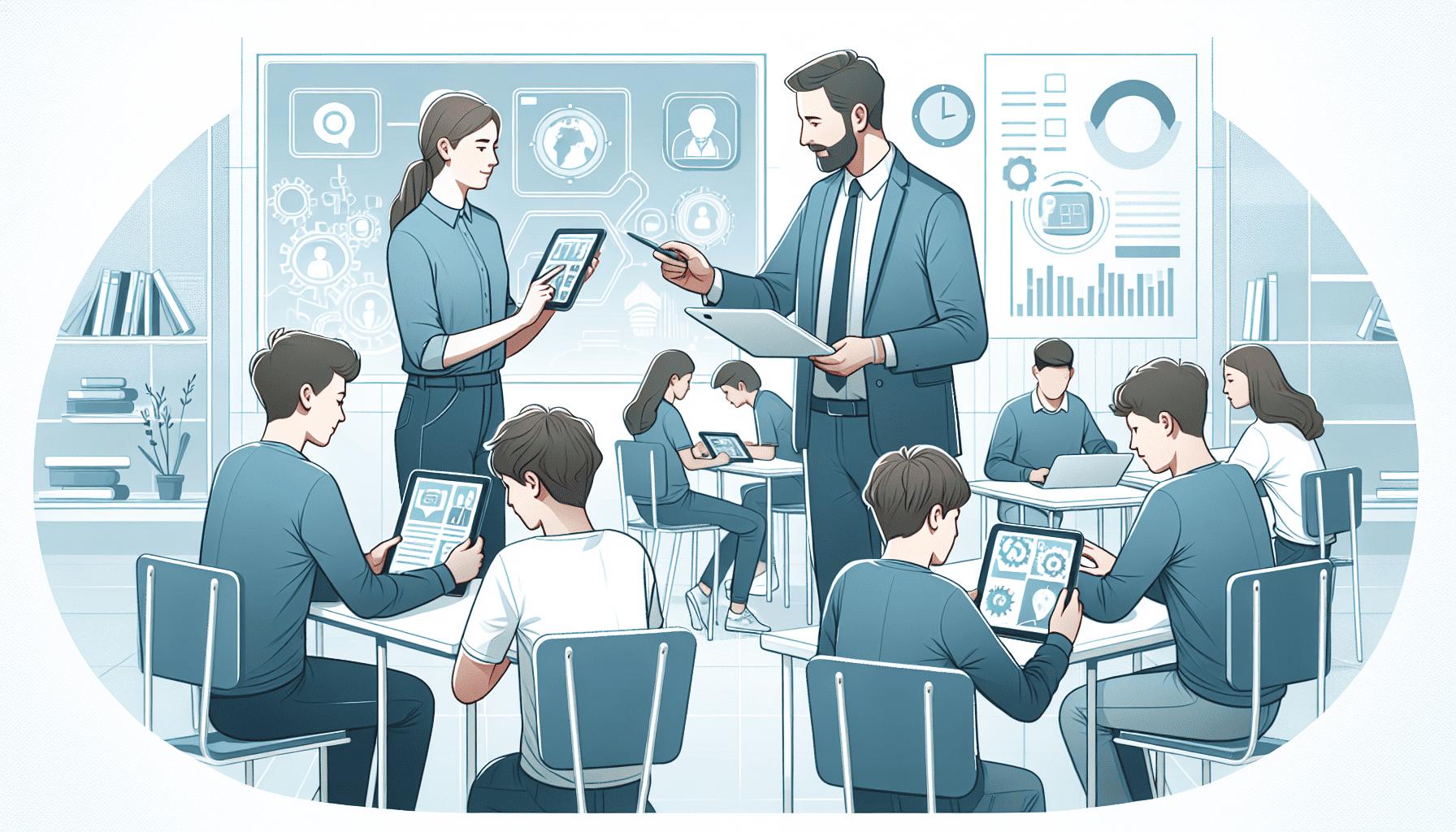In today's rapidly evolving digital era, technology has transformed the landscape of education, offering new and innovative ways to engage learners and enhance their educational experiences. However, the integration of technology into educational settings must be approached with caution and responsibility to ensure the safety and privacy of students. This article explores safe strategies for incorporating technology in education, focusing on tools and techniques that enhance learning while safeguarding student privacy.
To begin with, selecting the right tools and platforms for educational purposes is crucial. Educators must carefully vet digital resources, ensuring they comply with privacy laws such as the Family Educational Rights and Privacy Act (FERPA) in the United States or the General Data Protection Regulation (GDPR) in Europe. Utilizing platforms that prioritize data security and provide transparent data usage policies can significantly reduce the risk of privacy breaches. Schools should collaborate with IT specialists to assess the cybersecurity measures in place and educate themselves about emerging threats.
Once suitable tools are selected, establishing a comprehensive digital citizenship curriculum is essential. Educators should teach students about responsible online behavior, including how to protect personal information, recognize phishing attempts, and understand the implications of sharing data online. Integrating lessons on digital literacy into the curriculum empowers students to navigate the digital world safely and responsibly.
Parental involvement is another critical factor in safely integrating technology in education. Schools should actively engage with parents, informing them about the tools and platforms being used in classrooms and involving them in discussions about digital safety. Workshops and seminars can be organized to educate parents on how they can support safe technology use at home, creating an environment of trust and collaboration between the educational institution and families.
Monitoring and evaluating the effectiveness and safety of technological tools in education is an ongoing process. Schools should establish protocols for regular assessment of tech tools and practices. Feedback mechanisms involving teachers, students, and parents can help identify potential issues early, allowing institutions to adjust their strategies in a timely manner. Additionally, appointing a dedicated team or individual focused on educational technology can create a point of contact for any concerns related to its use.
Furthermore, incorporating robust data encryption measures is essential in safeguarding student information. Schools should work with technology providers to ensure that data encryption is implemented both in transit and at rest. Regular audits and updates are necessary to fortify these systems and protect against sophisticated cyber threats.
Empowering educators through professional development is another vital component in safely integrating technology into education. Teachers should be offered continuous training on the latest digital tools, cybersecurity practices, and privacy regulations. Equipping them with the knowledge to effectively use technology in the classroom not only enhances learning outcomes but also ensures that they are equipped to handle any potential privacy concerns.
Finally, fostering a culture of transparency and accountability within educational settings is imperative. Schools should have clear policies regarding the usage of technology, detailing the rights and responsibilities of students, teachers, and administrators. By establishing a culture where safety and privacy are prioritized, educational institutions can maintain trust with all stakeholders involved.
In conclusion, technology presents vast opportunities for enhancing educational experiences, but its integration must be approached with care and diligence. By prioritizing privacy, educating all parties involved, and continuously evaluating digital practices, schools can harness the benefits of technology securely and effectively. This balanced approach not only preserves the integrity of education but also ensures a safe and enriching environment for students to learn and grow.
